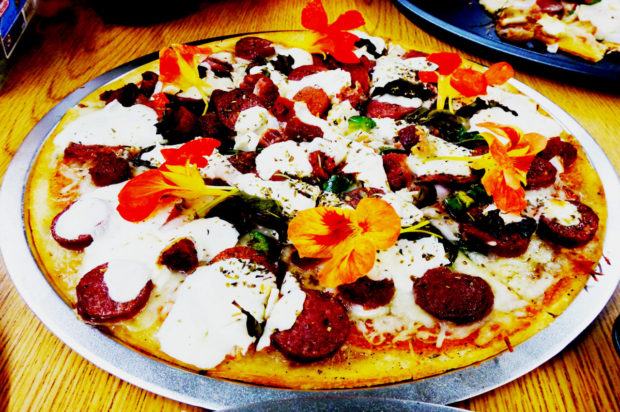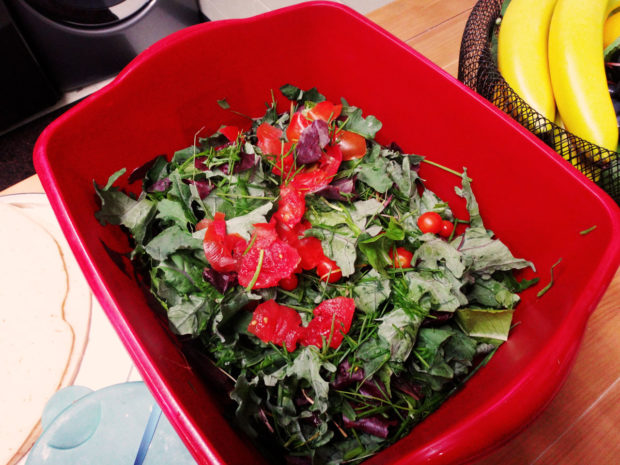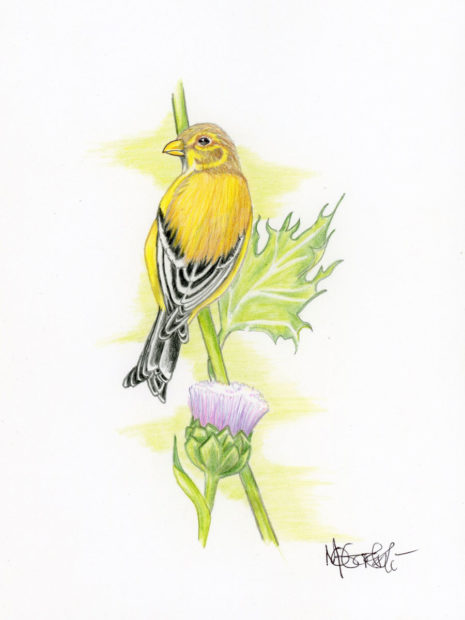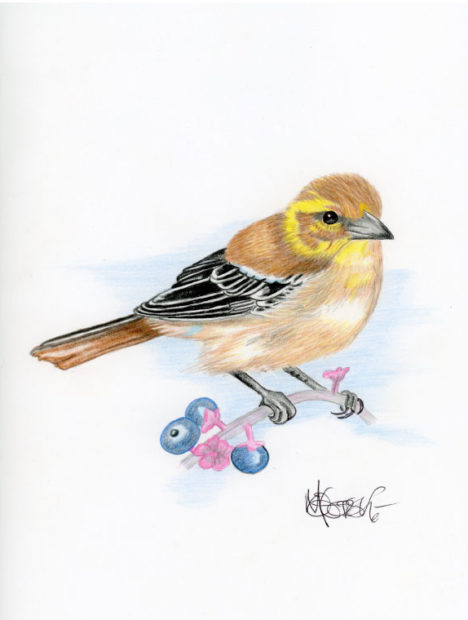Inmates at the WSRU Vermiculture program partner with the University of Washington to test the ability of soil health to influence human health
By Nick, Teaching Assistant for University Beyond Bars, Monroe Correctional Complex
Photos courtesy of Joel Strom, University Beyond Bars

With the goal of improving how we grow food, Washington State Reformatory (WSRU) vermiculture technicians and scientists from the University of Washington (UW) are studying soil health at the prison. The incarcerated technicians are assisting with scientific trials of different types of soils to see if they can produce vegetables containing higher levels of key elements that have been shown to improve human health.
Earlier this year the vermiculture program was approached by Dr. Sally Brown, a professor at the UW Ecosystem Science Division, College of Forest Resources, to assist in this project. Dr. Brown had become familiar with the vermiculture program when she co-authored an article with one of the inmate technicians about some of the composting techniques employed at the facility. Dr. Brown had been working with graduate student Sally Landefeld on a series of trials to grow vegetables in several different types of soil to test for relationships between soil health and antioxidants and other important disease-fighting nutrients. On a tour of the facility, Dr. Brown noticed a unique opportunity in the gardens adjacent to the worm farm: the soil there had been treated with composting by-products for several years, some areas with Bokashi-treated (fermented) compost and others with vermicompost (worm castings).

In April, Dr. Brown and Ms. Landefeld met with vermiculture technicians and set out three separate plots that would be used for the trials:
- No soil treatments with soil amendments
- Several treatments of Bokashi composted food waste over several years
- Heavily treated with worm castings and vermicompost.
One of the vermiculture technicians was asked to be the project lead. He and his peers prepared and marked the plots for planting.
Dr. Brown and Ms. Landefeld returned in May and planted broccoli, carrots and onions in all three plots. Despite an ongoing battle with rabbits throughout the spring, by June the crops in all three plots were growing well.

Ms. Landefeld returned to the vermiculture program in mid-June to deliver an instructional presentation on how she decided on the path for her doctorate and what she was hoping to accomplish with the prison-hosted study. The WSRU vermiculture program offers a 1,000 hour SPP certification in collaboration with Tilth Alliance, and guest lecture are part of the curriculum. In this presentation, Ms. Landefelt said:
“We are just starting to understand the intricate relationship between soil health and public health. Healthy soil contains plenty of organic matter, which provides nutrients to plants, fosters microbial life, and improves soil physical properties including water holding ability and tilth. If we deplete soil organic matter, we may reduce the soil’s ability to produce high yielding crops that are also rich in nutrients. This project aims to (i) characterize soil health by analyzing soil properties including carbon, nitrogen, phosphorus, organic matter, soil structure and microbial content, and to (ii) quantify both quantity and quality of the vegetables grown on the control and high organic matter plots. In addition to plant yield, we will test the vegetables for nutrients, vitamin B6 (pyroxidal) and phytochemicals including sulforaphane, beta-carotene (provitamin A), and quercetin.”

By mid-July, the broccoli was ready to be harvested and Dr. Brown and Ms. Landefeld worked with the technicians to harvest from all three plots.
As the project progresses they will return to the prison periodically to harvest other vegetables and take soil samples. The vitamins and phytochemicals will be tested using a technique called liquid chromatography-mass spectrometry (LC-MS) in order to relate the phytochemical content of common garden crops with soil health.
This project is a great example of SPP’s vision to create a collaborative, intellectually stimulating environment in which incarcerated men and women play key roles in conservation and advancing scientific knowledge and has been a win-win for the vermiculture program as well as the University.

































































